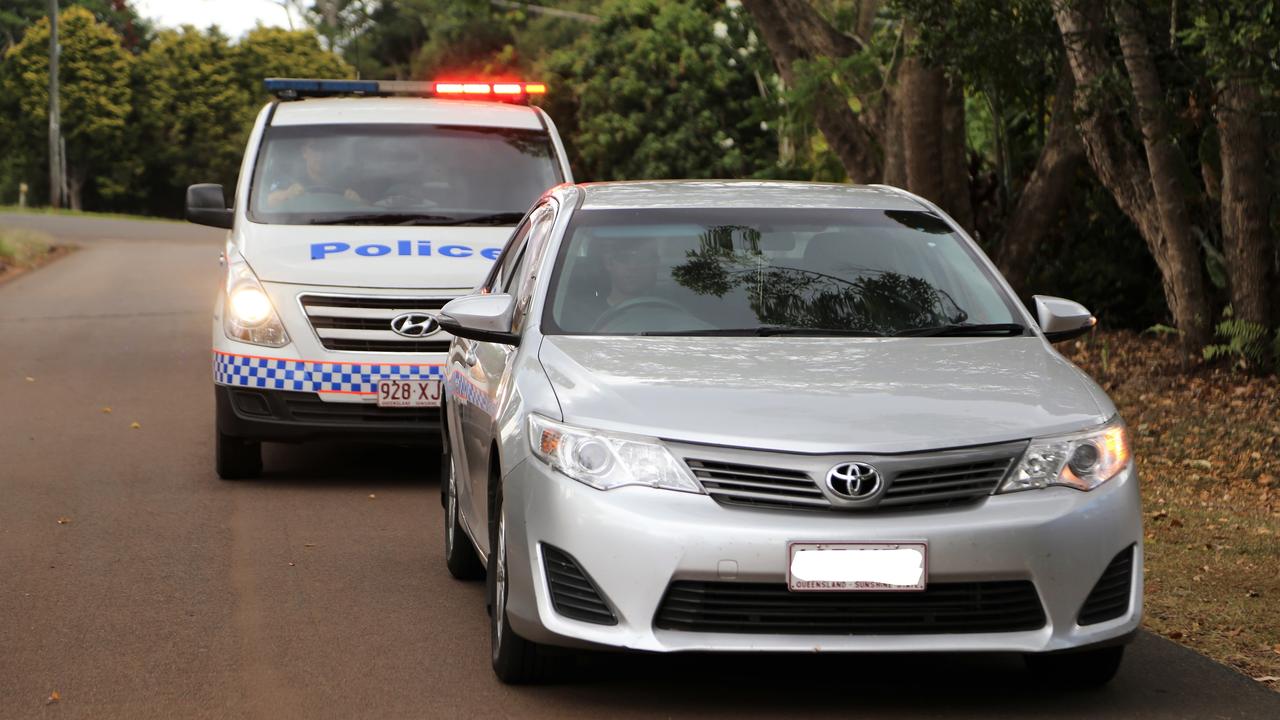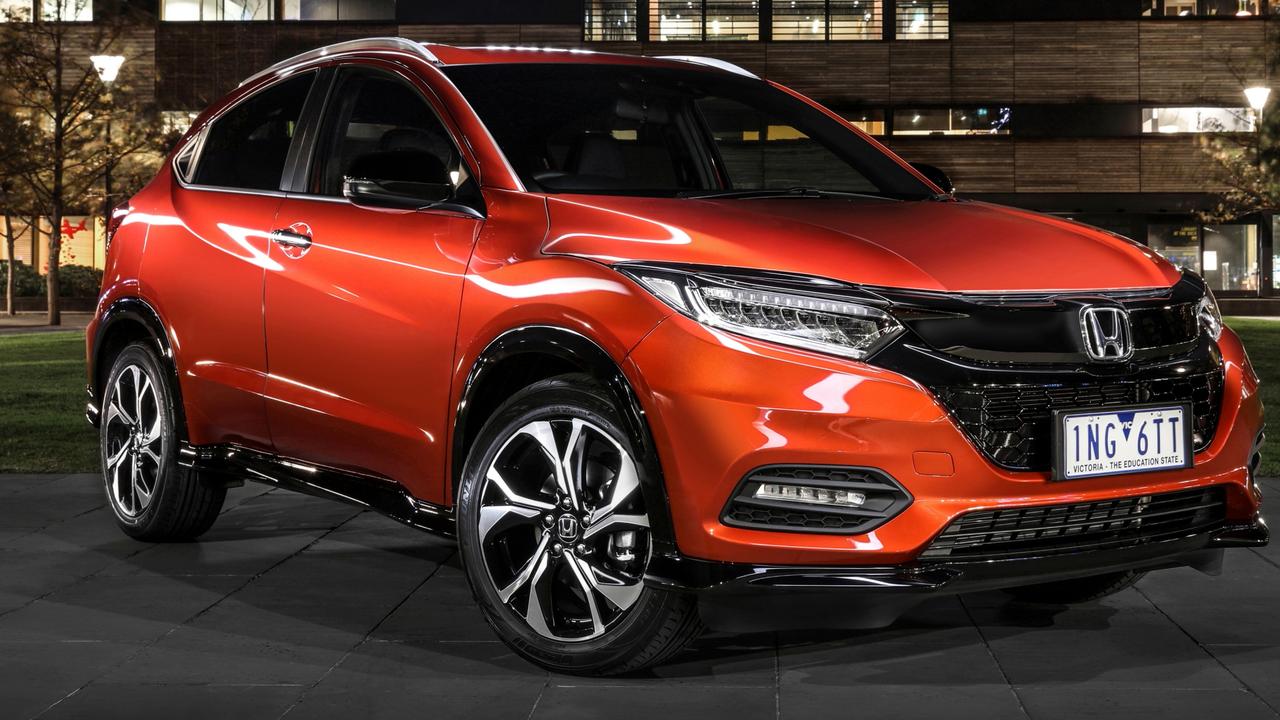Frankfurt motor show dominated by electric vehicles
Car companies are sold on electric vehicles, even if their customers aren’t. Here’s why.

ELECTRIC cars may not make sense in Australia given our vast distances, lack of recharging infrastructure and dependence on coal power.
But if this year’s Frankfurt motor show is a guide, they’re coming whether we’re ready or not.
The recent “dieselgate” scandal has left diesel with a bad odour, and car makers want to push the emissions debate — and responsibility — onto the energy industry.
As Greenpeace protesters waved signs outside proclaiming “The Oil Age Is Ending” — alongside a half-buried car — automotive brands were embracing electric propulsion.
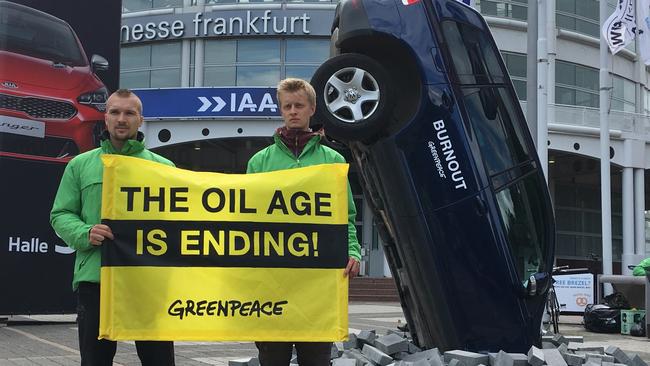
The push towards electric cars and hybrids has hit the accelerator because the industry believes it’s on the verge of a breakthrough in battery technology that will eliminate range anxiety.
“The heated debate on driving bans in cities (and) the future of diesel … shows the times when our industry celebrated itself here in Frankfurt, basking in its own glory, are definitely over,” said Matthias Muller, the boss of VW, the world’s biggest car maker.
VW is investing 50 billion euros ($AUD75 billion) in electric cars, battery factories and recharging infrastructure over the next decade.
It will lead to more than 80 new electric cars by 2025 — including 50 purely battery-powered vehicles and 30 plug-in hybrids — many with a driving range of up to 600km and recharge times “as quick as a coffee break”.
Here are the Frankfurt concept cars that point to the near future.
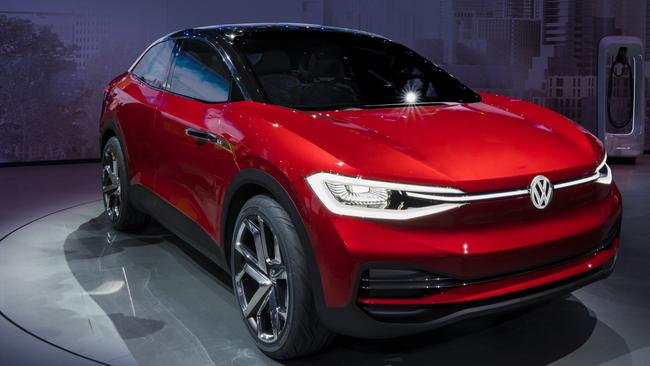
VW ID CROZZ
This four-door SUV coupe looks like something from science fiction but VW says it’ll be in showrooms in 2020.
It runs on electric power for 500km before it needs to be recharged. A petrol or diesel version won’t be available.
Tricks up its sleeve include voice commands to open and close the doors, and a “gesture control” sunroof that opens and closes with a wave of the hand.
It’s also fully autonomous — either using a voice command or by pressing the VW logo on the steering wheel.
Four laser scanners in the roof monitor the traffic. Want to regain control? Just tap the brake pedal or press the VW logo again and you’re in charge.
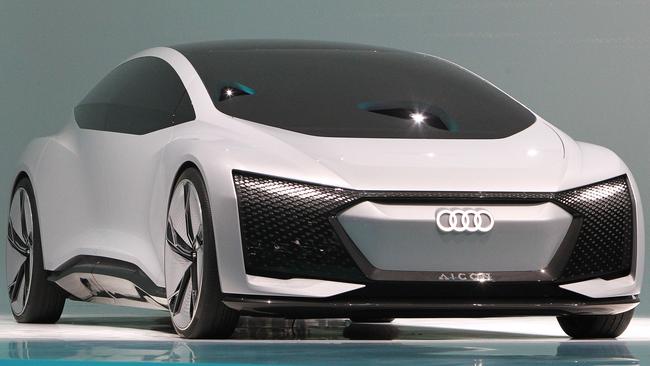
AUDI AICON
Audi is so confident in the autonomous ability of its electric car concept that it didn’t install a steering wheel or brake and accelerator pedals in the Aicon.
VW’s sister brand is also confident when it comes to electric driving range, claiming the Aicon can travel up to 800km before a recharge — the equivalent of Melbourne to Sydney.
The catch? There are no plans for production.

SKODA VISION E
This is Skoda’s first pure electric concept car and if you think it looks familiar you’d be right. It’s based on the same underpinnings as the VW ID Crozz, as Skoda is owned by the giant German car brand. It even has the same 225kW electric all-wheel-drive system as the VW.
Car makers are embracing EVs because they make it cheaper to put unique bodies on identical underpinnings.

HONDA URBAN EV
The Honda Urban electric car is a modern take on the tiny two-cylinder, bug-eyed N360X introduced in the late 1960s.
This cute concept car — about the same size as today’s Honda Jazz hatchback — is more than just motor show tease.
Honda President and CEO, Takahiro Hachigo, said: “This is not some vision of the distant future; a production version of this car will (arrive) in 2019.”
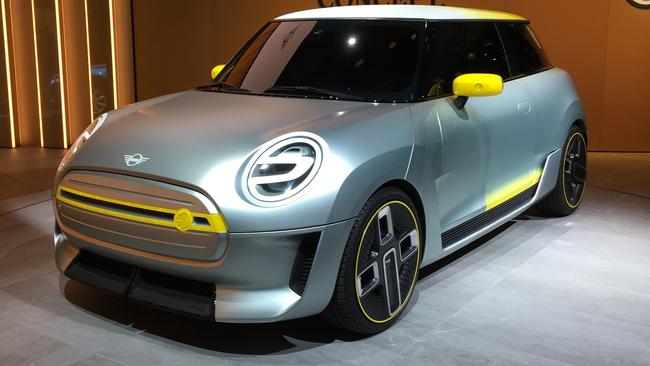
MINI EV
Mini says its latest electric concept “offers a window into how pure-electric day-to-day mobility might look in the years ahead”.
A new electric Mini is on the way, but the company is warming us to the look of the next Cooper facelift, notably elements of the wheel design, headlight detail, the grille, and the sharper lines on the front bumper and side skirt.

RENAULT SYMBIOZ
We’ve heard of cars so comfortable they feel like you’re driving a loungeroom, well Renault has taken that idea to a new level.
The French brand reckons the Symbioz electric car has so much space you could drive it (somehow) into a living space and use it as a spare couch.
“In the first scenario, Symbioz drives into the house to become an additional, modular room in the form of a useful, mobile and connected space, parking inside and then outside the physical structure.
“ Symbioz also shows Renault’s vision of the car as an extension of the home when travelling.”

BMW i VISION
It looks like it could be a clue to the look of the next BMW 3 Series. It also looks like BMW is trying to warm us to the idea of a vertical kidney grille — a similar garish design is also on the BWM X7 concept (see prestige).
The BMW i Vision is a stand-alone four-door coupe with an electric driving range of 600km and claimed acceleration from 0-100km/h in just four seconds. It’s one of 25 EVs BMW is promising to deliver by 2025.

KIA PROCEED
The original Proceed GT was Kia’s answer to the VW Polo GTI, Ford Fiesta ST and Renault Clio RS. It came to Australia in March 2014 but was axed in late 2015 due to slow sales.
This daring concept car is a pointer to the next generation due in 2020. No mention of the engine, but the previous model had a turbo 1.6-litre four-cylinder.

COMING SOON
RENAULT MEGANE RS
Hot hatch fans rejoice: the new Renault Megane RS has finally bowed. Due in Australian showrooms in the first half of next year, it’s powered by a turbocharged 1.8-litre four-cylinder engine with a choice of six-speed manual, or six-speed twin-clutch auto for the first time. Two power outputs: 205kW/390Nm for the standard version or 220kW/400Nm for the Trophy. Renault promises a 0-100km/h time in the low 6-second range.

TOYOTA PRADO FACELIFT
Australia’s top selling four-wheel-drive wagon gets a fresh face and new tech from next month. Automatic emergency braking and a revised interior are among the highlights. Most important for grey nomads: towing of the 2.8-litre turbo diesel automatic variants has finally been increased from 2500kg to 3000kg on the auto.
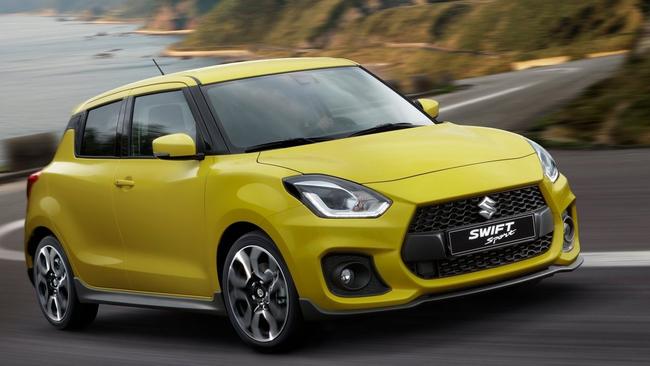
SUZUKI SWIFT SPORT
Suzuki has shown the Swift Sport before but now we know what’s under the bonnet: the turbo 1.4-litre petrol four-cylinder petrol engine from the Vitara SUV, but with 103kW/230Nm of grunt, a big step up from its predecessor. It arrives here at the end of this year.

